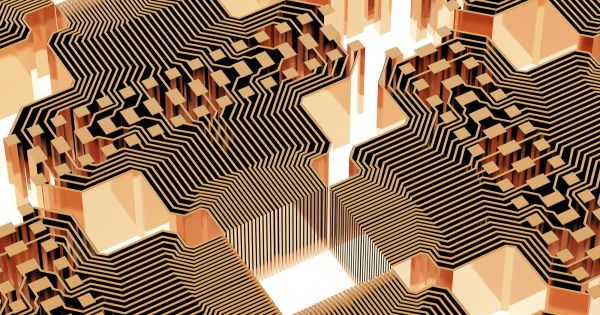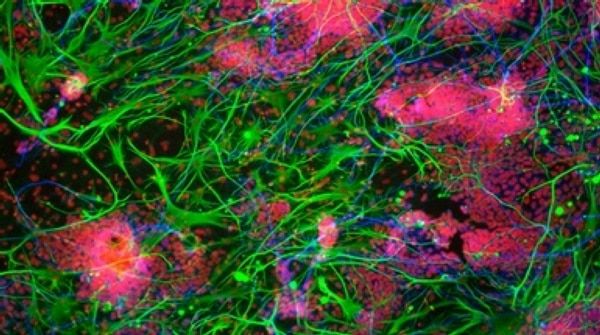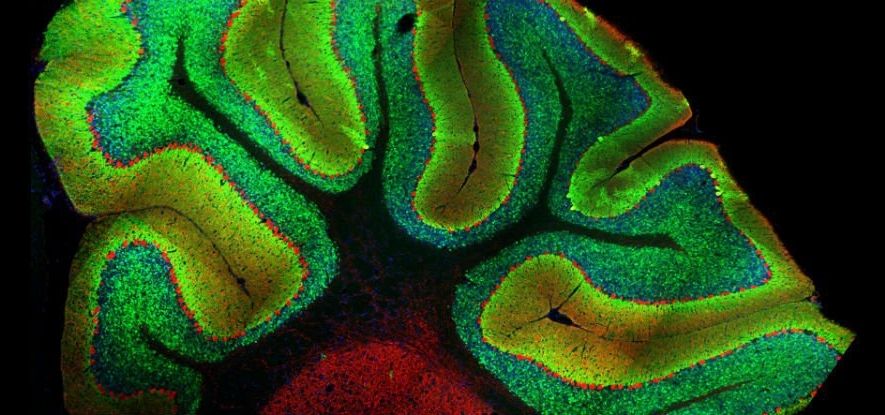Quantum physics is one of the most exciting and innovative areas of scientific research. By funding further research and development in quantum physics, great technological advancements will be made.
Think of every amazing future technology you’ve seen or read about in science fiction, or imagined yourself. Big innovations that change the world and cure disease or end war, and littler ones too, things that help us “think” a quick message to a friend without saying a word or share an experience from a distance. Quantum physics is enabling the creation of all of these futuristic technologies and some that didn’t even occur to most of us, making our sci-fi dreams part of our reality.






